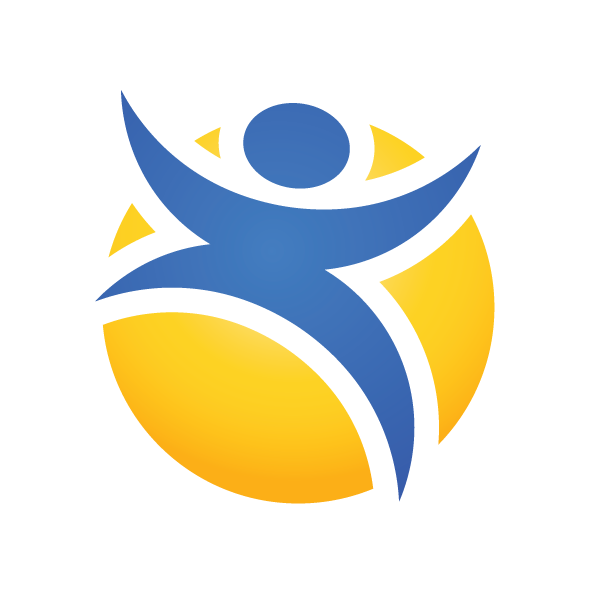Fall-Reduction Programming Ideas
We spend a lot of hours trying to stop our patients from moving. We stop them from getting up, picking things up off of the floor, leaving the facility and so on. What if we shifted our focus from the physical aspects of fall prevention and started looking at our patients’ social aspects of life? To put it simply, what if we stop trying to stop them?
 As humans, we are motivated by behaviors like meeting an unmet need or wanting to move. Residents who struggle with self-care and mobility might experience feelings of loneliness, helplessness and boredom if they are continually prevented from addressing their intrinsic desire to get moving. In fact, these three emotions account for the primary suffering among our elders! By utilizing social interventions, however, we can not only reduce the frequency of these feelings, but also help to reduce falls, medications, restraints, skin issues, weight loss, etc.
As humans, we are motivated by behaviors like meeting an unmet need or wanting to move. Residents who struggle with self-care and mobility might experience feelings of loneliness, helplessness and boredom if they are continually prevented from addressing their intrinsic desire to get moving. In fact, these three emotions account for the primary suffering among our elders! By utilizing social interventions, however, we can not only reduce the frequency of these feelings, but also help to reduce falls, medications, restraints, skin issues, weight loss, etc.
Some of our residents are able to sit for longer periods of time, engage in activities longer, etc., but others are not. We need to identify those residents. In other words, it’s more than a fall risk score to determine who is really at risk to fall. Two residents can have the exact same fall risk score, but one may be at a higher actual risk to fall because of his “motivation to move” behaviors. Our treatment interventions need to include the social aspects for these residents to develop individualized plans.
If you know you have a “mover” on your hands, find out the following from the staff:
- Can he use the call light?
- Does he wait for his call light to be answered? Or just transfer himself?
- Is he independent with transfers?
- Do you think he is safe if he would transfer himself independently?
- Is he impatient?
- Is he bored?
- Is he in pain?
- Is he uncomfortable?
- Does he want to walk more?
Find out the following from the resident/family:
- What did he like to talk about?
- Describe his occupation in detail
- What were his work hours?
- Was he in charge at work?
- What did he like to do on Saturdays and Sundays?
- Did he have a lot of friends or a few close ones?
- Was he social?
- What does/did he like to talk about (military, farming, fishing)?
- Was he busy with his hands?
- What type of food did he eat at home?
What can we do at the facility to meet this resident’s needs socially?
- Brainstorm with the recreation & social services departments
- Review the list of your folks who are motivated to move and review them with the team
- Ask them to do the investigation for “new” information from the family or the resident on motivation levels and details of social and independent things he preferred
- Truly individualized interventions are what we are after
- Think in terms of interests rather than problems when developing the care plan around social interventions
What interventions can be put in place besides the trifecta of alarm, low bed and fall mat? Consider:
- 24-hour fall journal (1:1 the resident for 24 hours and document the routines)
- Highlight known fallers on the Care Plan/Care Directives
- Evaluate the room setup
- Rearrange furniture
- Velcro on the remote controls
- Modifications to closets
- Dusk-to-dawn lighting
- Toilet resident consistently
- Evaluate bathrooms
- Nonskid strips by toilet
- Raised/colored seat
- Arm rests (if they need WC, are they available in the bathroom?)
- them for sit-to-stand in
- Lighting : dusk-to-dawn lighting for better lighting at night
- Bathroom alarms
- Grab bars/Add texture or color or change where they are located
- Color difference with toilet seats
- Evaluate seating and positioning
- Elevate footrests
- Recliners
- W/C drop seats/inserts/adjustments
- Anti-tippers
- Auto locks for breaks
- Evaluate bed positioning
- The Liberty Bed Wedge (Keen Mobility)/Body pillows/Rolled up blankets/Swim noodles — Be mindful of the purpose of what is being used
- “Egress Ez” Mattress
- Bedside mats
- Engagement — What are their passions/hobbies?
- Activities designed around personal interests
- Restorative programming
- Personal contact
Skilled Rehab Intervention
- Standardized tests (Be sure to discuss results with IDT)
- Strength and muscle performance
- Chair rise test
- Getting up from lying on the floor test
- Aerobic capacity
- Six-minute walk test
- Seated step test
- Gait, locomotion and balance
- Berg
- Timed Up and Go (TUG)
- Functional and modified functional reach test
- Range of motion test
- Chair, sit and reach test
- Activities of daily living
- Kohlman Evaluation of Living Skills (Kels)
- Cognitive
- Allen Cognitive Levels
- Montreal Cognitive Assessment (MoCA) Cognitive Performance Test (CPT)
- St. Louis University Mental Status Exam (SLUMS)
- Cognitive Linguistic Quick Test
- Assessment for positioning and support surfaces
- How long are residents sitting? Do they have the right cushion? Are they comfortable? Is their skin protected? How long can you sit?
- Older adults with balance impairments have twice as large trunk positioning errors.
- Hip flexion contractures
- Strength, coordination, ROM and position sense play a greater role in trunk repositioning than vision or LE somatosensation.
- More skilled intervention
- Strength and muscle performance
- Aerobic capacity
- Gait, locomotion and balance
- Range of motion
- Activities of daily living
- Cognition
- Addressing any pain
- Core stabilizing exercises
- Modalities
Restorative Programming Ideas
- Functional ambulation programs
- Transfer training/Sit-to-stand programs
- Strengthening/ROM/Flexibility programs
- Implement facility ambulation programs
- Take the Dine OUT of Walk to Dine and JUST WALK.
- Design ambulation programs around individuals’ motivation to move.
- Anticipate their needs and walk them MORE throughout the day and every shift.
- Most people will want to rest after exercise regardless of fitness level.
- Integrate rest or movement periods out of chairs to avoid “slumping” and fatigue
If we do our part to identify wants/needs and activity preferences and help our patients become as independent as possible, we will improve their overall quality of life and see a reduction in falls.
By Tamala Sammons, Therapy Resource

